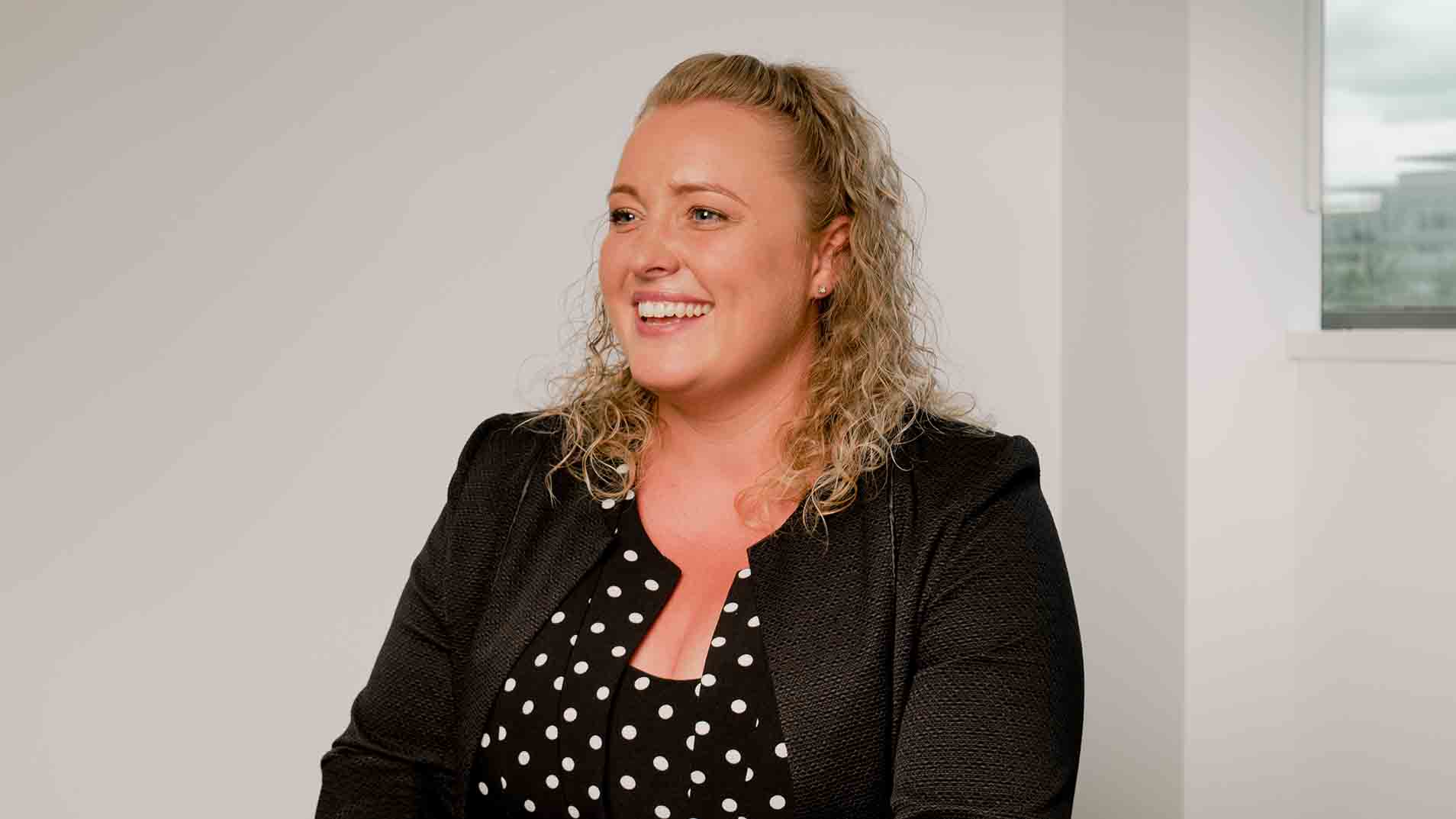Pensions can be a complex thing to figure out. That's why we have created this guide, to provide you an introduction to pensions, answering some of the most common questions we receive. If you’re thinking about starting a pension, read on to find out more about your options.
What is a pension?
Pensions are long-term saving plans that you contribute to throughout your life. Once you retire, you can access the money in your pension pot as lump sums or smaller, regular payments.

Your pension can be a personal pension, workplace pension or both. You may also receive a State Pension from the Government, which is paid once you reach state retirement age. To receive a basic State Pension in full, you must have 30 qualifying years of National Insurance contributions or credits. When you can claim your state pension varies depending on your age. You can find out more on the official Gov.uk website.
How do pensions work?
You can organise your own personal pension where you’ll make regular contributions to build up a pension pot that you can then access once you turn 55 (this will be increasing to 57 in 2028). This is a popular option for anyone who is self-employed and may not have access to a workplace pension.
Workplace pensions can be different to one another, but typically an employee and employer will pay a set percentage of the employee’s monthly income into their pension. By law, employers have to offer you a workplace pension.
Pension consolidation advice is available. If you hold a Defined Benefit Pension Scheme or Defined Contribution pension with a guaranteed minimum pension or income, any advice you receive will be through a dedicated referral advice service and a specialist within our network.
The two main workplace pension choices are:
Employees are automatically enrolled in the scheme, as long as their employment status meets the qualifying criteria. You will make regular, automatic contributions to your pension that will typically come out of your wage. Your employer will then match your contribution, or a percentage of it.
When you change jobs, the pension you’ve accumulated becomes ‘frozen’ but will still be available to you when you retire – however, you may not qualify for all of the benefits if you have switched pension providers. Pensions can also be consolidated with one another if you change jobs, but you should consider speaking to a financial adviser first as it can be a complex process.
A defined benefit plan is a pension scheme where your employer agrees to pay you a set amount of money when you retire. The amount will be based on your length of time with the company, your salary history and your age. These schemes are largely historic now, only offered by a handful of employers (usually public sector).
When should I start saving for retirement?
You can start saving towards a pension at any point in your life – a parent can even set up a pension for a child from birth. Most people begin saving with their first workplace pension.
Starting your pension as early as possible gives you more time to save for retirement. That said, it’s never too late to start contributing to your pension.
If you are unable to start a workplace pension, for example if you are self-employed or unemployed, you may prefer to start saving into a personal pension.
How are pension contributions calculated?
For workplace pensions, you can work out your pension contribution by calculating how much money you and your employer contribute monthly. The total will be your monthly pension contribution.
To do so, you will have to check your pension contribution agreement with your employer. You will also need to check if your employer’s pension contribution is based on your basic or total salary. Basic is what you earn before any additional pay. Total salary includes any extra money you earned in bonuses, commissions or otherwise.
Steve is 28. His employer matches his monthly pension contribution of 10%, based on total salary, which makes his overall contribution 20%. The contributions are taken before Income Tax and National Insurance.
This month, Steve earned £2,100. To work out Steve’s monthly pension contribution, he calculated 20% of £2,100, which equals £420. However, only £210 (10% of his total salary) is from Steve’s salary; his employer contributed the remaining £210.
Note that bonuses are often not included in pension calculations, only base salary. Speak to your employer to find out how bonuses affect your exact pension contributions.
How much can I put in my pension?
If you have a workplace pension, you can typically contribute up to 100% of your salary or £60,000 per tax year (inclusive of employer contributions), depending on which is lower. Your employer takes your contribution from your pay before it’s taxed. You only pay tax on what’s left.
Pension income limits explained
Reductions for high earners
How this could look in reality
You can carry forward any unused allowance from the past 3 years so that you don’t waste your unused allowance.
If you earn under £3,600 or do not earn a salary, you can still contribute to a personal pension. The maximum amount you can contribute is £2,880, with tax relief this will add £3,600 to your personal pension pot.
When can I retire?
The age you can retire will differ depending on your pension scheme and your age, but in general you can claim most personal and workplace pensions once you reach the age of 55 (this is due to increase to 57 from 2028).
There are times where you may be able to access your pension earlier.
These include if you are:
-
Retiring early due to poor health (you will need to speak with your pension provider for their definition of ill health).
-
If you joined your pension scheme before 6 April 2006 – although this only applies to certain professions and it should be confirmed with your pension provider as it will only be possible if you have a protected retirement date in your pension plan which you were given before 6 April 2006, outlining the date you can begin to access your savings.
Are pensions taxed?
Tax on pensions is a complex subject, speak to a financial adviser to find out more.
Different types of pensions
With so many pension options to choose from, it can be difficult to know which is right for you. Below we’ll explain some of the different types of pensions and how they can work for you.
Generally, pensions fall into one of two categories: personal pensions and workplace pensions.
You can choose to open your own personal pension and make your own contributions. There are several types of personal pensions, such as stakeholder pensions and self-invested personal pensions (SIPPs).
If you are working, your employer must offer a workplace pension which takes monthly contributions from both you and your employer. From April 2019, the minimum workplace pension contribution was set legally at 8%, at least 3% of which must come from your employer.
All pensions benefit from tax relief, where a percentage of your contributions and overall pension pot is tax-free.
Types of pensions
The State Pension is a pension paid to you from the government when you reach state retirement age. To be eligible for a full basic State Pension you must have 30 qualifying years of National Insurance credits or contributions.
The official gov.uk website is home to all the information you need about State Pensions, including when you are eligible to claim yours.
A personal pension is a specialised savings account you can set up to help you financially prepare for retirement. They are often referred to as ‘defined contribution’ or ‘money-purchase’ schemes. A defined contribution pension is based on how much you have contributed to, as well as the growth of, your pension.
The money you contribute to your pension will be invested in a range of assets, organised by a fund manager. These can be:
- Cash
- Bonds
- Stocks and shares
- Property
A personal pension is a popular option for people who may not have access to a workplace pension, such as if you are self-employed or if you are not currently in work but want to begin saving. People other than yourself may contribute to your defined contribution pension, such as your employer or your partner. Parents may also want to contribute to their child’s pension.
You can access the money in your personal pension once you are 55, increasing to 57 in 2028, however this may change depending on your pension provider.
Defined contribution pensions offer several options when it comes to taking your money out. You can:
- Cash in the whole amount
- Combine your pension pots (this can be done at any point, not just on withdrawal)
- Take a lump sum
- Invest in a pension annuity
- Take a flexible income via drawdown
- Keep your money invested in the pension and take it out when you need it
Depending on the terms and conditions of your individual pension, you could choose to combine one or more of these options.
Personal pensions are also subject to tax relief, which means you’ll receive a certain percentage of your pension tax-free.
Typically, 25% of your pension is tax-free and the rest will be subject to standard income tax.
Workplace pensions are those offered by your employer. By law, your employer must offer you a pension. They are subject to tax relief, so you can access part of your workplace pension tax-free.
There are two different types of tax relief available for workplace pensions. A ‘net pay’ arrangement means your contribution is taken before tax is deducted. A ‘relief at source’ arrangement means Income Tax and National Insurance will be deducted before your pension contribution is calculated.
Your pension scheme provider will claim the tax back from the Government at the basic rate of 20%, which is then added to your pension.
You will still be able to access your pensions from all of your previous employers once you retire, but you may not qualify for all the benefits if you have switched pension providers.
The two main types of workplace pensions are:
- Defined benefit
- Defined contribution
Employees are automatically enrolled in the scheme, as long as their employment status meets the qualifying criteria. You will make regular, automatic contributions to your pension that will typically come out of your wage. Your employer will then match your contribution, or a percentage of it.
These pensions currently benefit from 20% tax relief. This may differ for higher earners, who will need to contact HMRC to find out their tax relief based on their salary and contributions.
A defined benefit plan is a pension scheme where your employer agrees to pay you a set amount of money when you retire. The amount will be based on your length of time with the company, your salary history and your age.
This differs from a defined contribution pension plan, which takes regular contributions from you, your employer, or both. These schemes are largely historic now and only used by a handful of employers (usually public sector).
We hope you found this guide useful. If you have any questions or would like to find out more, get in touch with a Newcastle Financial Adviser. Or, visit your nearest Newcastle Building Society branch.
THE VALUE OF INVESTMENTS AND ANY INCOME FROM THEM CAN FALL AS WELL AS RISE AND YOU MAY NOT GET BACK THE ORIGINAL AMOUNT INVESTED.
HM REVENUE AND CUSTOMS PRACTICE AND THE LAW RELATING TO TAXATION ARE COMPLEX AND SUBJECT TO INDIVIDUAL CIRCUMSTANCES AND CHANGES WHICH CANNOT BE FORESEEN.
Approved by The Openwork Partnership on 19/09/2025.

